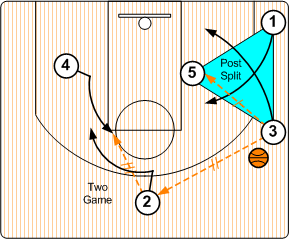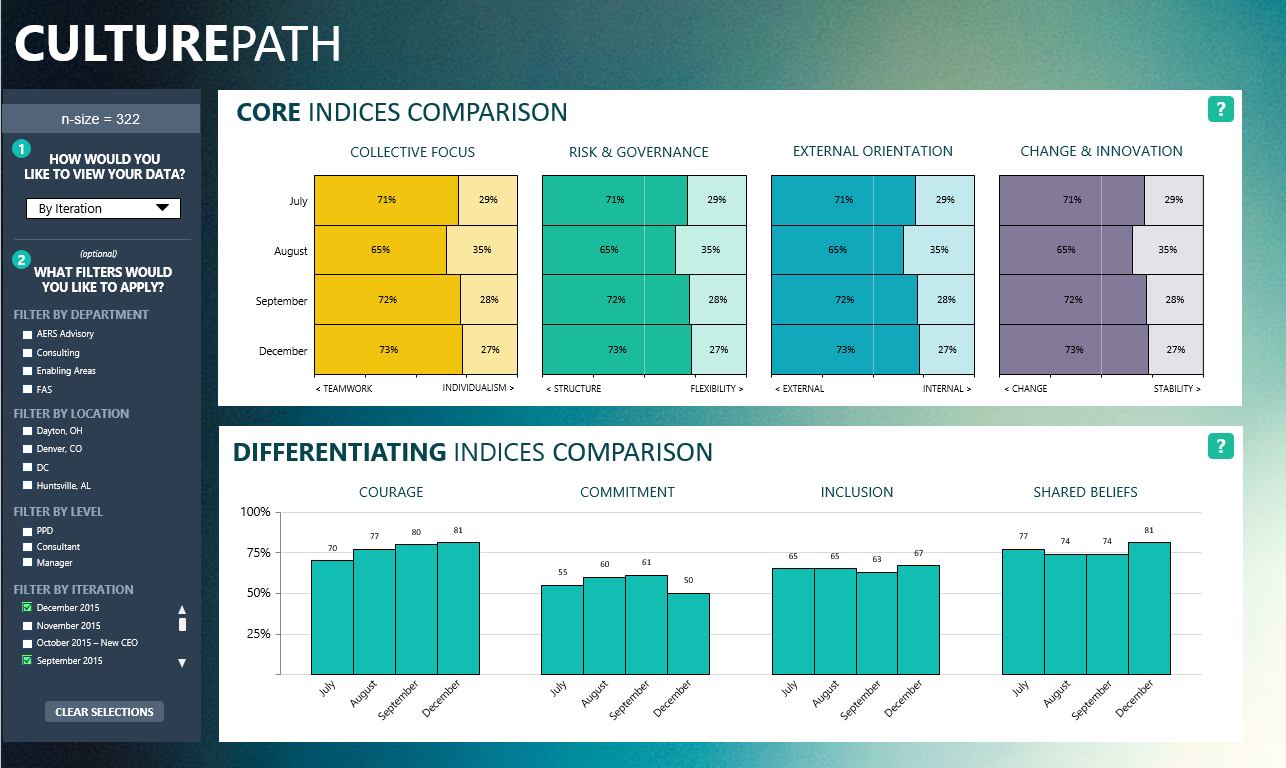Signs of the Corporate Death Spiral #4 - Competing like it's 2005
While I was busy over the weekend watching my beloved Knicks researching some blog posts, I caught a TV spot from the wireless company Sprint, which features an actor who became pretty well known several years ago as the 'Can you hear me know?' guy from a series of spots for Sprint's arch-enemy Verizon Wireless.
If you don't recall the once ubiquitous Verizon ads take a look at an example below, (email and RSS subscribers click through)
These Verizon ads ran constantly back in the early aughts, as Verizon (and its competitors in the wireless market), were all feverishly building out their networks, trying to expand coverage to more places, and importantly, working hard to improve sound/voice quality for calls and reduce dropped calls. I would guess most readers are old enough to recall when every second or third cell phone conversation would be barely audible, if it wasn't cut off completely (and randomly). And back in 2004 or 2005, a cell phone (and network), that could not be counted on to reliably carry good quality voice calls was, well, pretty much worthless. Yes it's true, in 2004 you used your cell phone mostly to talk to other people.
So let's jump back to 2016 and think about what Sprint is trying to do with their messaging and spots starring the actor formerly known as the Verizon 'Can you hear me know?' guy? On the surface Sprint is trying to poke the bear (Verizon), with these spots, showcasing (in case we are all dumb enough not to realize this guy is an actor, and not a real customer), how Verizon's most famous advocate has now defected over to Sprint. In the Sprint spots the reason given for 'Can you hear me know's?' defection has something to do with overall network comparability and equivalency between Sprint and Verizon, coupled with Sprint's claim that its plans are less expensive than comparable Verizon plans.
Or something like that. Who knows for sure because once the 'Can you hear me know guy?' starts talking, (and immediately reminds us that he is in fact the 'Can you hear me know?' guy), that is pretty much all I can focus on. Can you hear me know? Can you hear me know? Blah, blah, blah and suddenly we are back in 2005. Back when dropped calls, heck when making calls was a big deal.
Now? Not so much. A couple of years ago when my son wanted to get his first phone I was surprised by the request and asked him why he needed a cell phone because I wondered who was he planning to call?
He replied, and he was maybe 12 at the time, that I was being silly because 'Cell phones aren't for talking to people, they are for watching videos, playing games, and getting on the internet.'
And he was/is right. That is (mostly) what cell phones are for today. And that is why Sprint, who in 2016, running ads that like it or not, make us think about what used to be important, (dropped calls, bad call connections), is missing the entire point. What matters now is the device itself, its capabilities, the apps, the camera, etc. And oh yeah, once a day or so when we make a call we want it to go through, but who worries about that any more?
Sprint in 2016, is still in a way, probably non-intentionally I grant, trying to compete with Verizon by harkening back to what used to matter about a decade in the past. And by that, they are missing the point completely.
Or they are making another point entirely. Which is, we are pretty much out of ideas. But at least we are now ready to compete with Verizon in 2005. We even got the Verizon guy from 2005 on our team. As if that matters.
Have a great week!

 Steve
Steve



